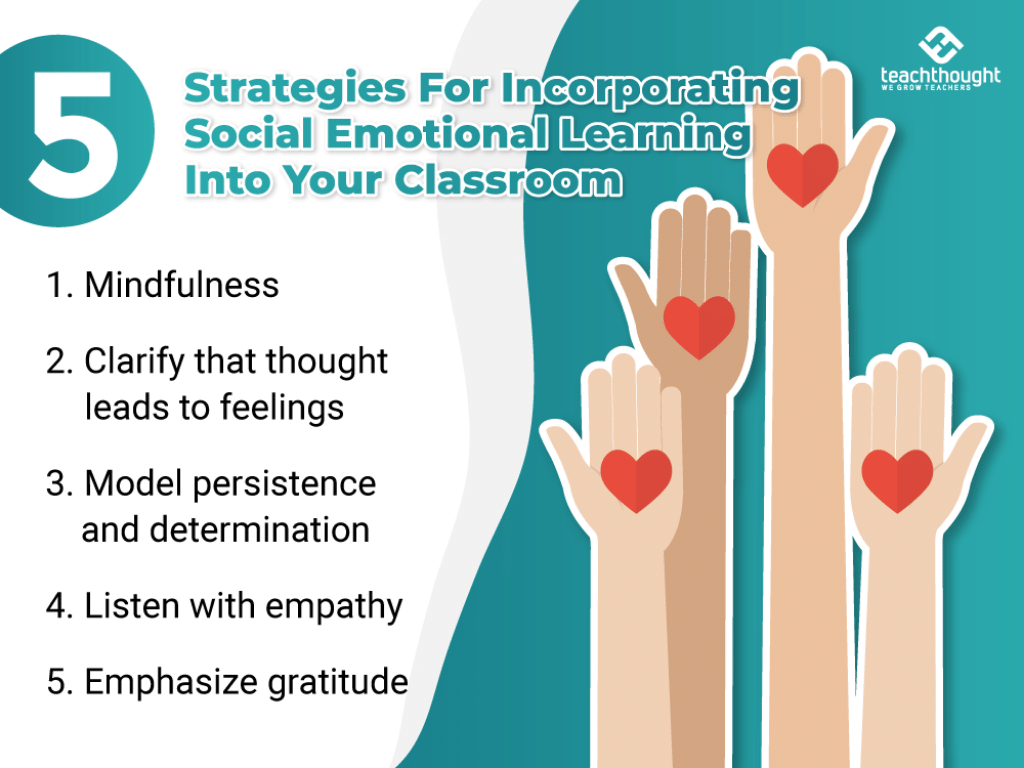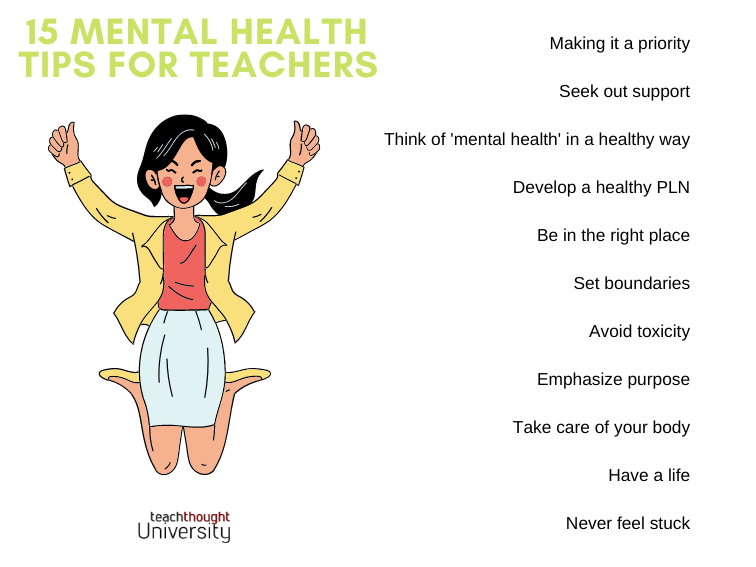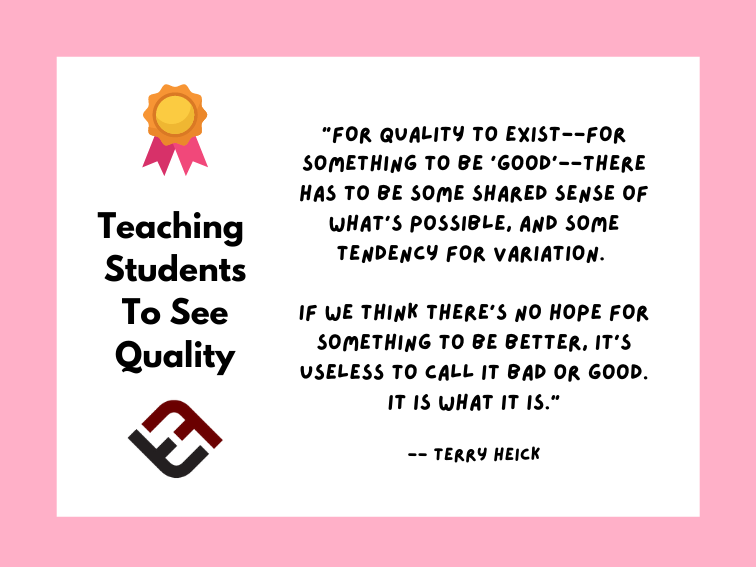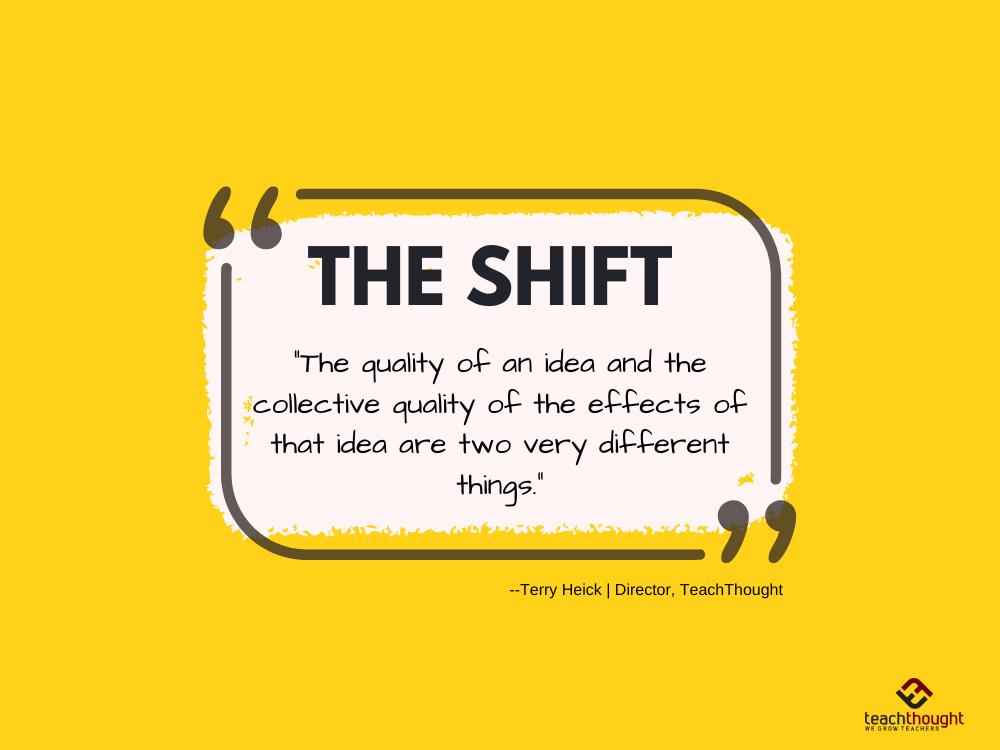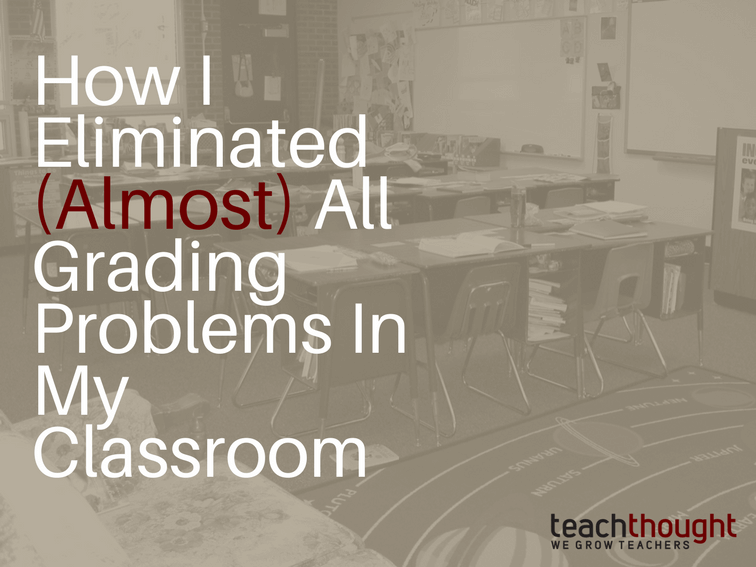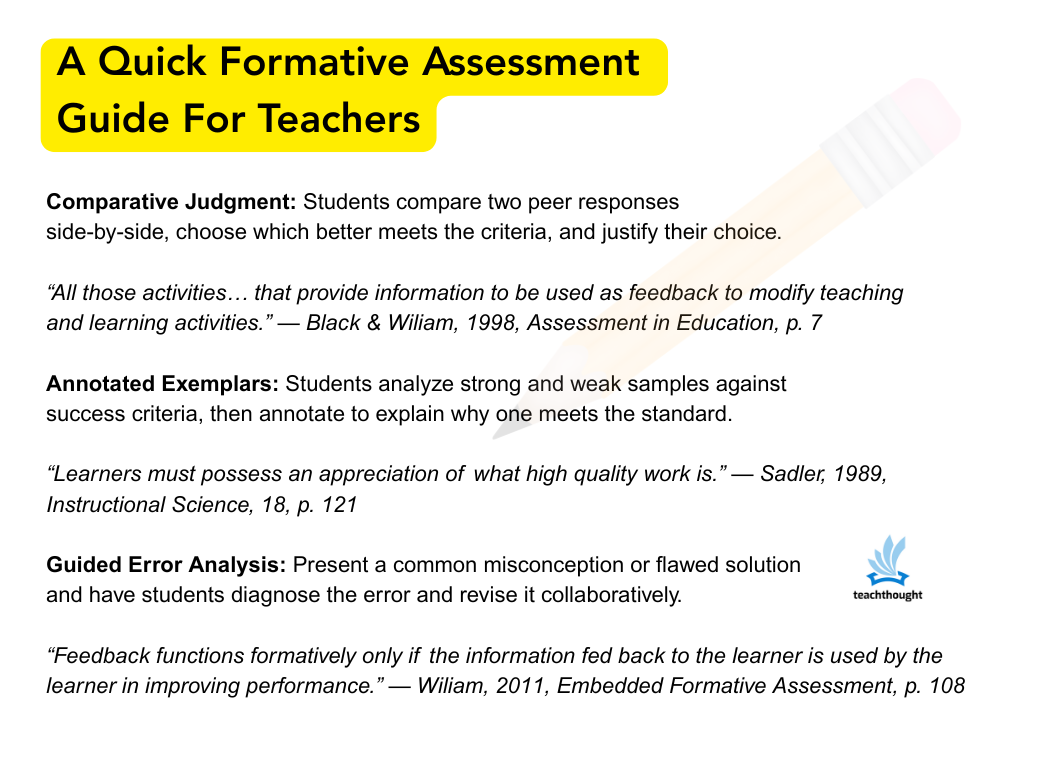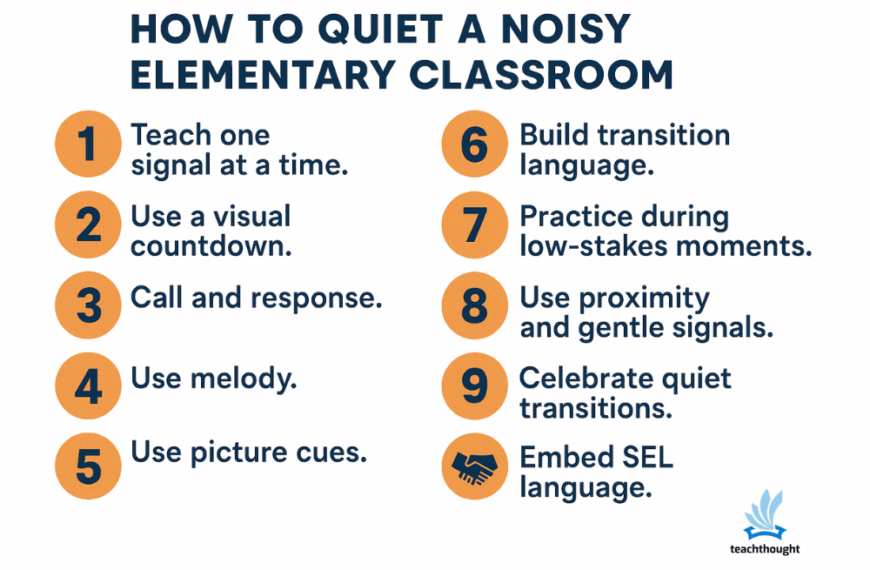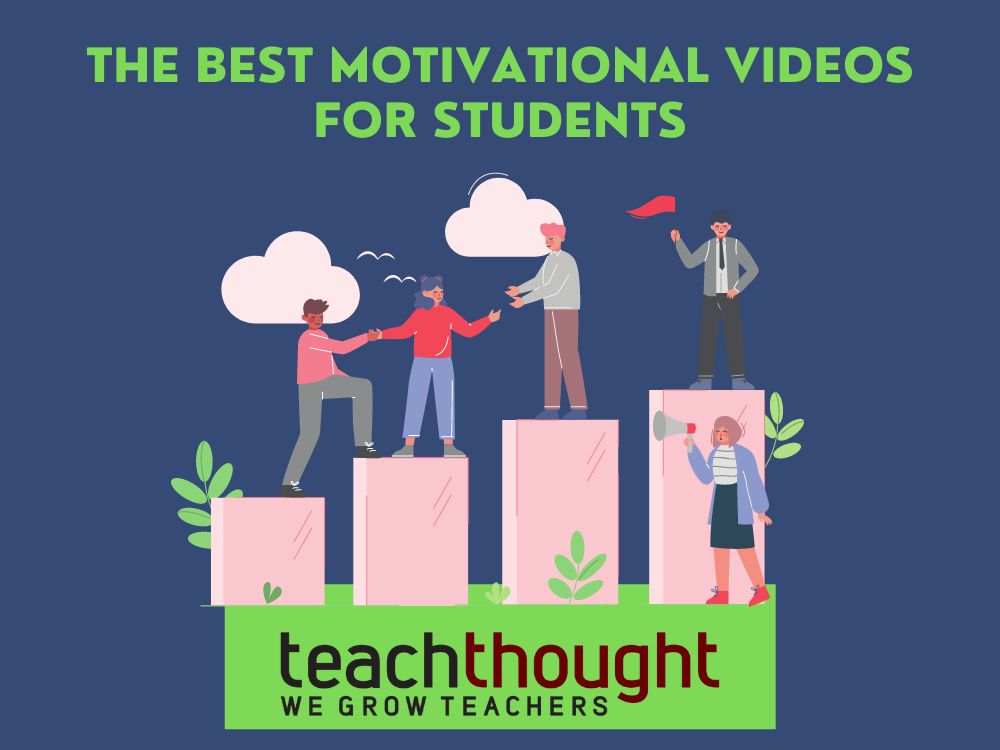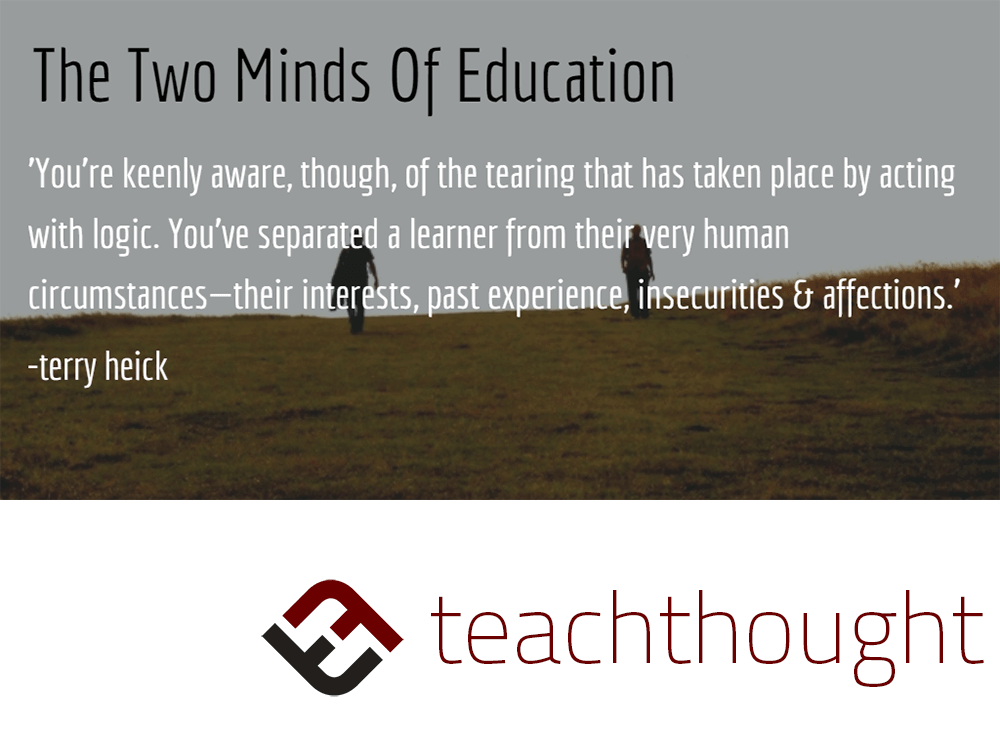Teaching Posts
5 Strategies For Incorporating Social Emotional Learning Into Your…
These five strategies social emotional learning strategies will not only benefit students, but can also be beneficial to teachers, too.
6 Strategies For Teaching With Bloom’s Taxonomy
Bloom’s Spiraling is the process of starting first at lower levels of Bloom’s–recalling, defining, explaining, etc.–and then progressively increasing the level…
15 Mental Health Tips For Teachers
One mental health tip for teachers? As much as possible, set clear boundaries between school and home life.
Teaching Students To See Quality
So what does quality have to do with learning? Quite a bit, it turns out. And it starts out with helping…
8 Strategies Your Teaching More Enjoyable This Year
Social-Emotional Teaching is every bit as important as Social-Emotional Learning. Teaching matters and teachers matter
What Are The Best Education Blogs For Teachers?
Written by parents, CEOs, teachers, and admin, these best of the best education blogs stand out with their unique style &…
How I Eliminated (Almost) All Grading Problems In My…
Grading problems still surfaced, but with a system in place, it was easier to identify what went wrong and communicate why…
A Quick Formative Assessment Guide
A guide for Formative Assessment: A clear definition, classroom strategies, benefits for using it in the classroom.
